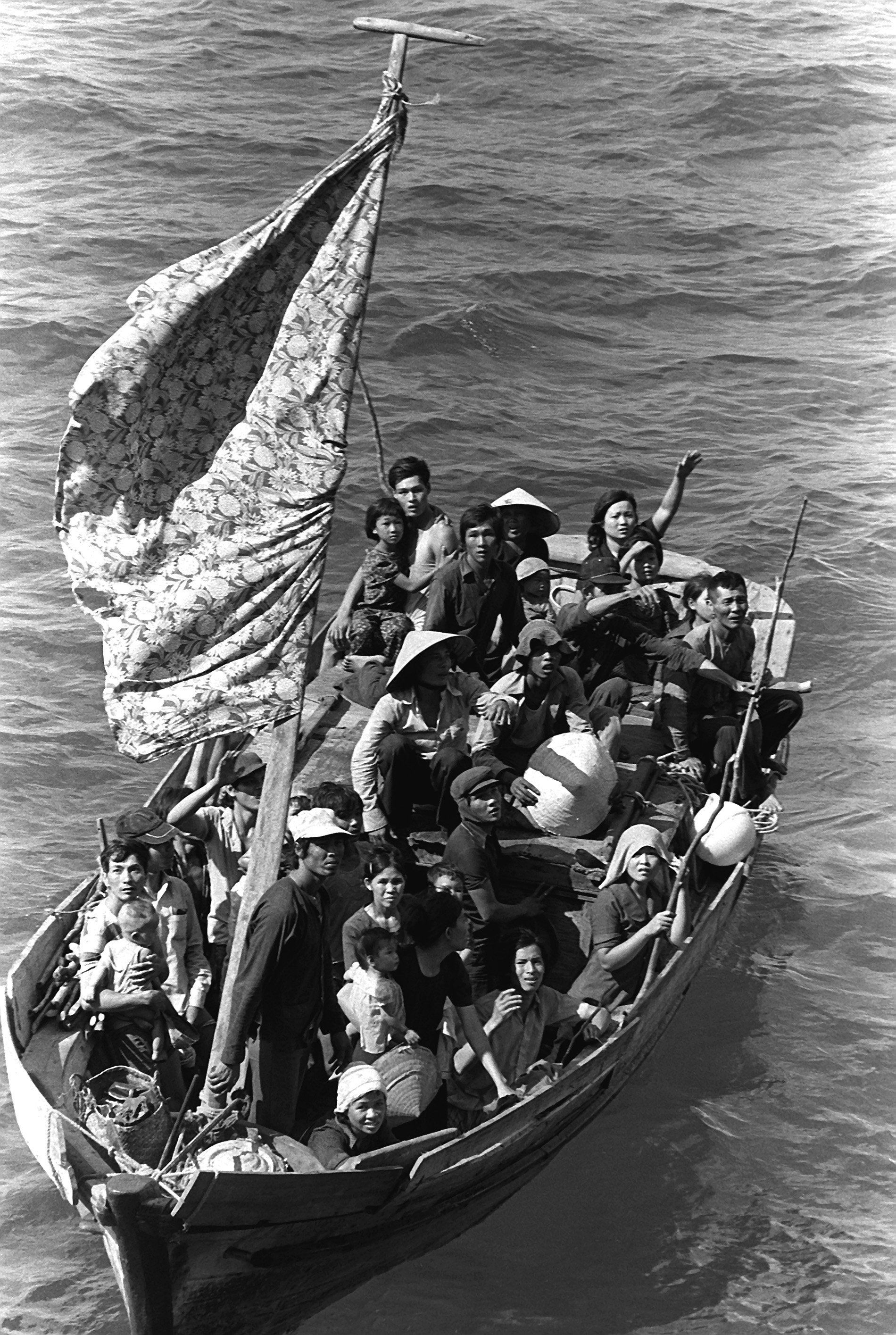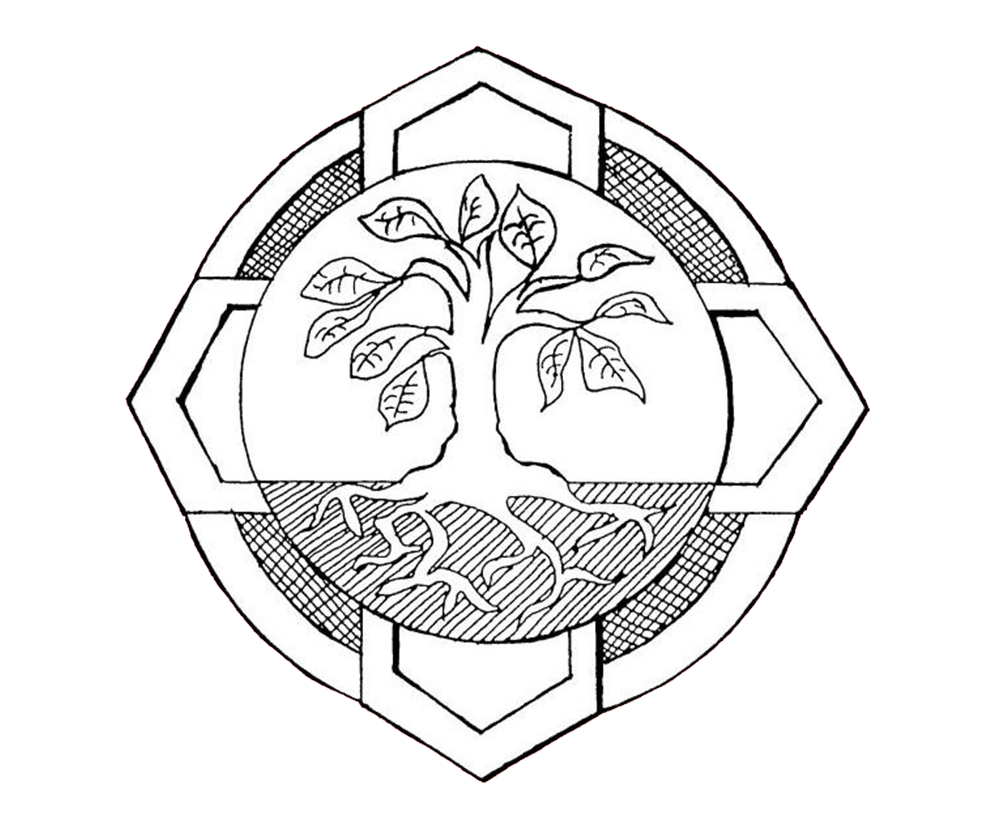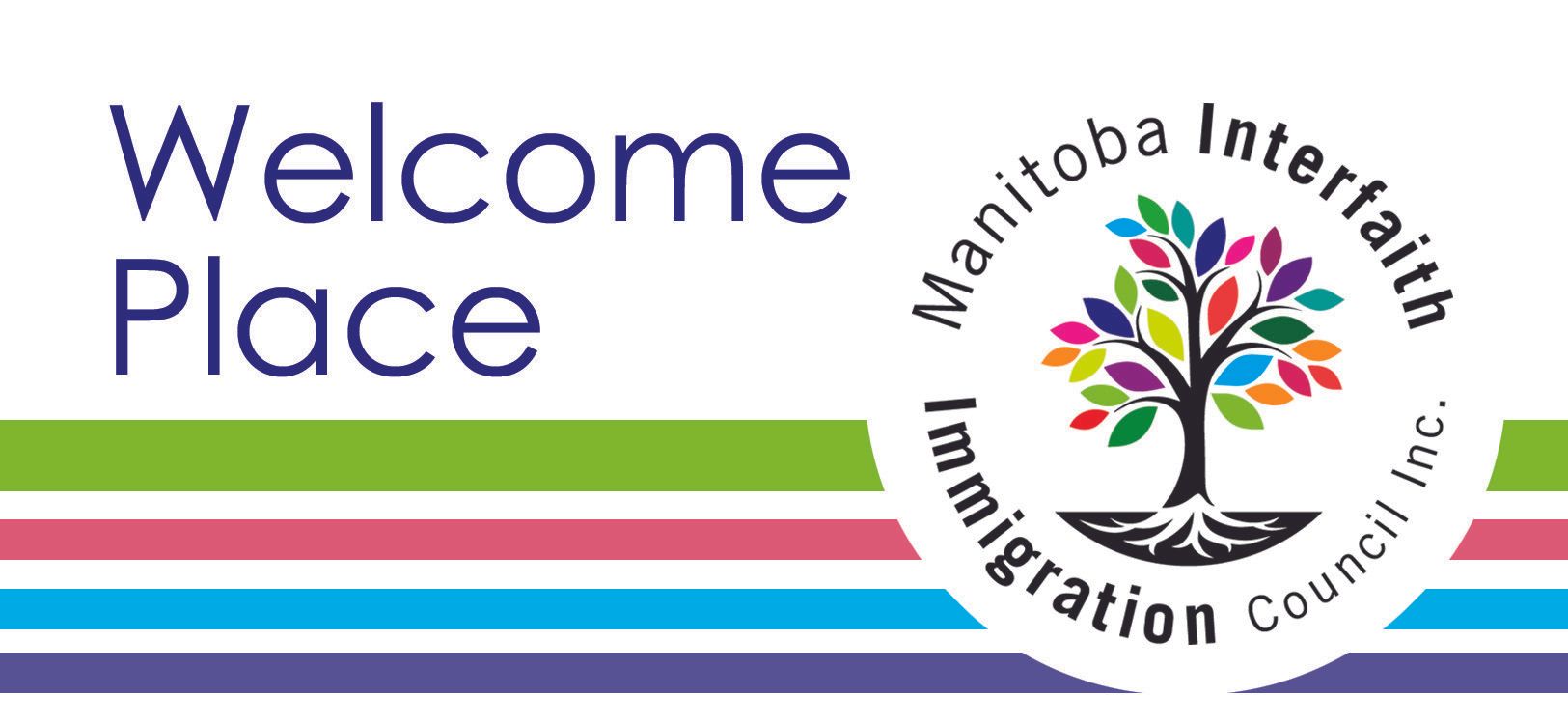History
Manitoba Interfaith Immigration Council evolved after World War II when “displaced persons” had to declare their religious affiliation to enter the country. Various denominations sought to help their own integrate into Canada with assistance provided at ports of entry. With common goals and interest in immigration and immigration policy, an organization of different churches grew together.
By 1960 the National Interfaith Immigration Committee was formed with regional offices working under their own guidelines.
The Manitoba Regional Council, established in 1968, gave social and moral support to newcomers through the work of volunteers. The first part-time employee was provided for with funds from the Federal Department of Employment and Immigration.
From 1976 to 1979 this employee helped newcomers adjust to Manitoba. Office space and expenses were provided by church denominations.
In 1980 St. Andrew’s Elgin United Church met with MIIC to respond to the influx of Indochinese refugees. With the help of money raised by churches and a federal grant, a Southeast Asian Community Worker was hired. In 1982 and 1983 federal and provincial grants continued and expanded services with a second Community Worker and a Coordinator.
In 2000 Manitoba Interfaith Immigration Council signed an agreement with the Government of Canada to sponsor “family linked” refugees and submit sponsorships for refugee family members recommended by constituency groups within the Manitoba ethnocultural community.
Today services include paralegal services to refugee claimants, assistance with family sponsorships, information and advice for refugees overseas and a complete range of services (reception, settlement) to government assisted and privately sponsored refugees.


INTERFAITH SYMBOL
The symbols of the Interfaith logo design are universal to every culture, religion and people. At the centre is a living tree whose roots are exposed and transparent in the soil. This is a reminder that refugee persons are living human beings and need a good climate, good soil, water, air and sunshine, and even when transplanted from around the world, they will prosper and grow, as will all living things.
At Interfaith we are committed to creating a healthful environment to give support and freedom appropriate to living beings. The tree as a symbol of life is a reminder of the wonder and mystery that every human being is from wherever we come. The four points of the compass form the rest of the symbol, enclosed in a circle.
These form a mandala design with both circular and square elements. These kinds of designs symbolize the quest in everyone’s life to find a wholeness and harmony, and completeness and peace and meaning in the events of one’s life. In a North American Native tradition, these elements speak of the four directions of the medicine wheel whereby each person is called to find wholeness in life. In other traditions they could symbolize the arms of the cross, the four corners of the earth, or four strong winds.

Address: 521 Bannatyne Avenue, Winnipeg,
MB R3A 0E4
Tel: (204) 977-1000
Fax: (204) 956-7548
Email: info@miic.ca
Office Hours: Monday to Friday,
9:00 AM – 4:00 PM
















